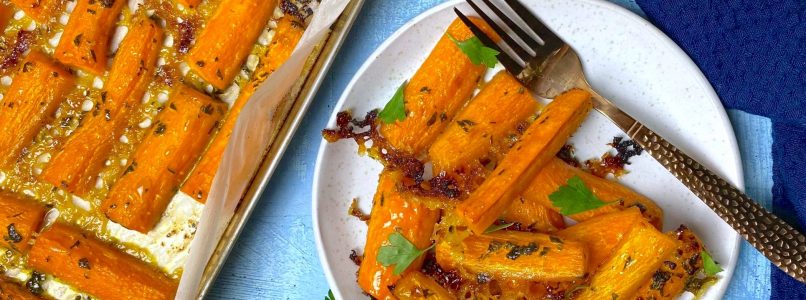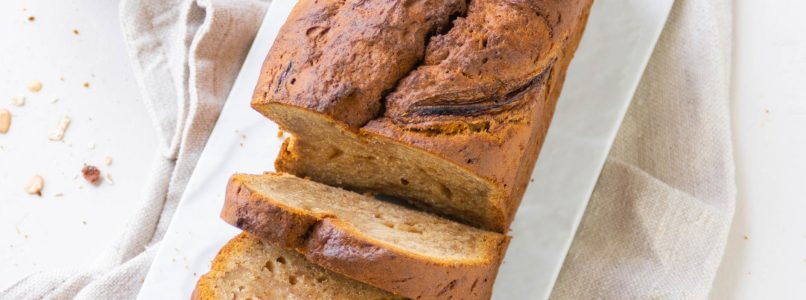Do you know everything about RUM? If the answer is NO, it is the perfect time to immerse yourself in the world of one of the most fascinating and complex spirits. This liqueur, famous for its characteristic sweet taste and its versatility in mixology, deserves an informed tasting and profound appreciation. Let’s explore together how to distinguish an excellent rum.
The sweetness of rum: a journey into flavours
Rum, with its origins in the warm regions of Jamaica, Cuba, Barbados, and beyond, it is known for its unique sweetness, thanks to sugarcane molasses. But sweetness is not the only distinctive feature of a quality rum. From the choice of raw materials, through aging to the alcohol content, every detail contributes to defining the organoleptic profile of an exceptional rum.
Types and styles
The different styles of rum reflect the cultural heritage of the nations that produce it. Whether it’s the sweet Spanish style, the spicy British or the fruity French, each variety carries with it a unique history and tradition. And with emerging producers around the world, rum has never been more exciting and diverse.
Rum and its secrets: how to recognize it
The art of smelling rum
Before tasting, let’s smell. Hold the glass at a certain distance from your nose, allowing the aromas of caramel, tropical fruit and spices to delicately reveal themselves. Remember, quality is hidden in the finest details.
The look
The color of rum, from crystalline to dark, tells its story: barrel aging, the use of colorings or spices, and the climate greatly influence its appearance. A palette of shades that reveals the path of each bottle.
The consistency
Shaking the glass, we observe the “tears” of the rum. The viscosity of these drops gives us clues to its quality and composition, a little secret borrowed from the world of wine.
Age and aging
The label of a rum can reveal a lot about its aging. But be careful: older doesn’t necessarily mean better. Rum must age for the right amount of time, not too much, not too little, to reach perfection.
Taste
Upon tasting, look for balance and complexity. A good rum should offer a bouquet of flavors, from sweet notes of vanilla and caramel to more intense and smoky hints.
Price and alcohol content
A high-quality rum does not necessarily have to be expensive, but a minimum investment of 25 euros guarantees quality and purity. And as regards the alcohol content, a good rum is between 40% and 50%, perfectly balancing alcohol and flavour.
So, how to recognize a good rum?
Recognizing a good rum requires attention to different aspects, ranging from its origin and production method to its organoleptic qualities. Here are some key elements to consider to distinguish a quality rum:
- Origin and tradition: the origin of the rum can give indications on its quality. Some regions such as Jamaica, Cuba, the Dominican Republic, Barbados and Martinique are renowned for their long tradition of rum production. Each area has its own unique style, influenced by local traditions and distillation techniques.
- Aging: Aging is crucial to the quality of rum. Rums aged in wooden barrels for longer periods tend to have richer and more complex flavours. However, aging is not the only indicator of quality; even younger rums can be excellent if produced with care.
- Alcohol content: Alcohol content can vary, but high-quality rums often have an ABV between 40% and 50%. A high alcohol content can contribute to the complexity of the flavor, but it must be balanced so as not to overwhelm the other flavors.
- I wait: the color of the rum can vary from light to dark. This depends on the type of aging and the materials of the barrels. Color can indicate time spent in barrel, but is not always a reliable indicator of quality.
- Aroma: A good rum should have a pleasant and complex aroma. Aromas of vanilla, caramel, tropical fruit, spices and wood are common in quality rums. An educated nose can detect the difference between a rich, balanced rum and one of lesser quality.
- Taste: Taste is perhaps the most important indicator. A quality rum offers a balance of sweetness, fruity flavors, spicy notes and a pleasant aftertaste. Complexity and length of flavor are generally signs of a well-made rum.
- Consistency: A good rum should have a smooth texture and some viscosity. This can be perceived by shaking the rum in the glass and observing the “tears” or streaks it leaves on the walls of the glass.
- Price: While price is not always an indicator of quality, very cheap rums may not have the same complexity and depth as those in a higher price range.
Remember, the perception of a “good” rum can vary according to personal tastesso exploring different styles and brands is part of the fun of discovering which rum best suits your preferences.


